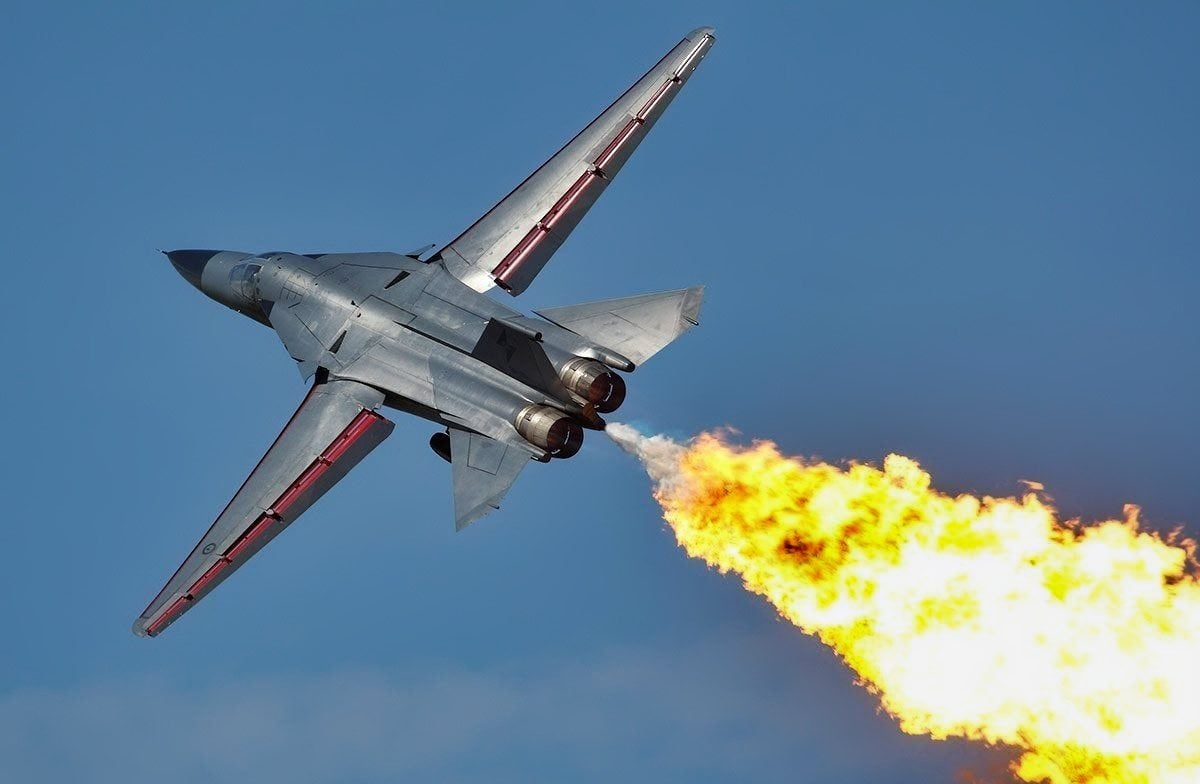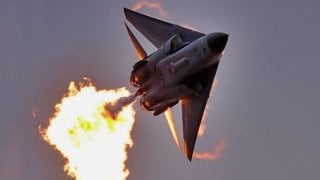F-111 Aardvark: Does The Air Force Secretly Miss This Strike Aircraft?
Keeping the F-111 in service would have given the US a broader range of strike options – but in the unipolar moment of the 1990s, with more versatile aircraft available, the cost of preserving the F-111 would have been hard to justify.
The F-111 Aardvark was a Cold War-era strike aircraft, distinct for its long nose, sweep-wing design, and two-seat configuration. Entering service during the Vietnam War, the F-111 served venerably in the US Air Force through the late 1990s. Yet, the Royal Australian Air Force kept their imported F-111s in service until 2010, which begs the question: did the US retire their F-111s too soon? The answer really depends on your geopolitical perspective and your fiscal priorities.
The F-111 Aardvark What’s in a name?
On sight, the F-111’s nickname, “Aardvark,” should be obvious; the jet’s nose cone extends long and narrow, giving the jet an appearance not unlike the ground-dwelling aardvark.
Despite the F-111’s somewhat humble name (humble relative to other USAF jets, like the Raptor, Fighting Falcon, Lightning, and Lancer), the Aardvark debuted a spread of then-novel technologies. Most notably, the F-111 was the first aircraft ever produced featuring sweep-wings. Today, the general public is aware of the sweep-wing format thanks to Tony Scott’s Top Gun, which offered gorgeous depictions of the sweep-wing F-14 Tomcat in what became 1986’s highest grossing film. But while the F-14 allowed the sweep-wing format to transcend military aviation and enter the popular culture, it was the F-111 that introduced the sweep-wing format to begin with.
Essentially, a sweep-wing aircraft has wings that can slide back and forth, at their joint with the fuselage, mid-flight, which changes the shape of the aircraft – and changes the flight characteristics of the aircraft. So, a sweep-wing aircraft can operate in a straight-wing configuration, which allows for extra maneuverability at low speeds (think of the A-10 Warthog). And a sweep-wing aircraft can also sweep the wings back, to form a delta configuration, and achieve lower drags and higher speeds (think of an F-102 Delta Dagger). The result is a highly versatile aircraft.
The F-111, specifically, could sweep its wings between 16 degrees and 72.5 degrees, widely changing the shape of the aircraft, as well as the flight characteristics – which allowed for the high speeds and fuel efficiency needed for deep penetration, plus the low speeds and high maneuverability needed for precision bombing.
F-111 Retired too early?
The F-111 was still flying for the US Air Force when Saddam Hussein’s Iraq invaded the oil-rich Kuwait. When the Americans commenced Operation Desert Storm in response, the F-111 was called into action – despite the availability of more modern and advanced strike aircraft.
The Aardvark served admirably, completing 3.2 successful strike missions for every unsuccessful strike mission – a better success ration than any other strike aircraft the US used during Desert Storm.

Yet, by the end of the 1990s, despite having just outperformed newer and more expensive airframes in Desert Storm, the US Air Force decided to retire the F-111. The Australians, meanwhile, would operate their F-111s for more than another decade.
Were the Americans too hasty in retiring the Aardvark? That really depends on how much you want to spend on defense. In Desert Storm, the F-111 demonstrated that it could still fly and deliver ordnance successfully. But the Cold War era jet required more maintenance per hour of flight time than most jets, meaning the F-111 was expensive to maintain. And by the time the F-111 was retired, the US had more versatile airframes, like the F/A-18 and the F-15E, both of which could perform a strike function similar to the F-111s and perform an air-to-air function.

Sure, keeping the F-111 in service would have given the US a broader range of strike options – but in the unipolar moment of the 1990s, with more versatile aircraft available, the cost of preserving the F-111 would have been hard to justify.
About the Author: Harrison Kass
Harrison Kass is a defense and national security writer with over 1,000 total pieces on issues involving global affairs. An attorney, pilot, guitarist, and minor pro hockey player, Harrison joined the US Air Force as a Pilot Trainee but was medically discharged. Harrison holds a BA from Lake Forest College, a JD from the University of Oregon, and an MA from New York University. Harrison listens to Dokken.

